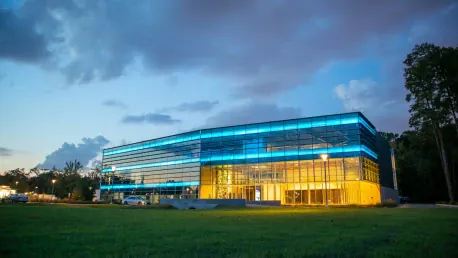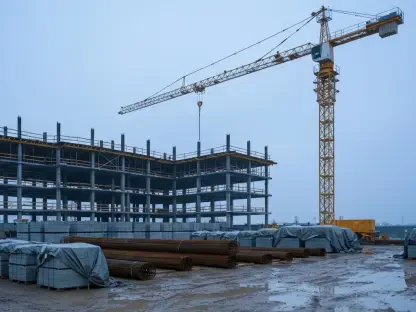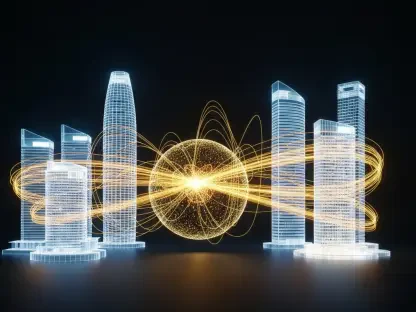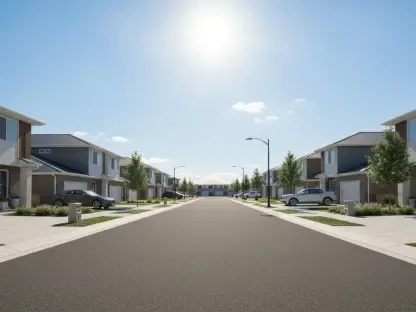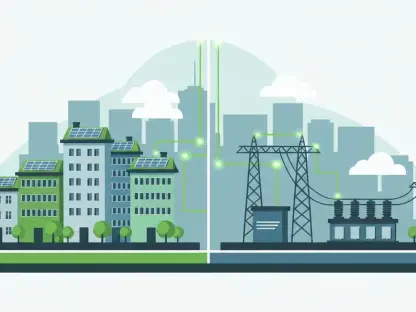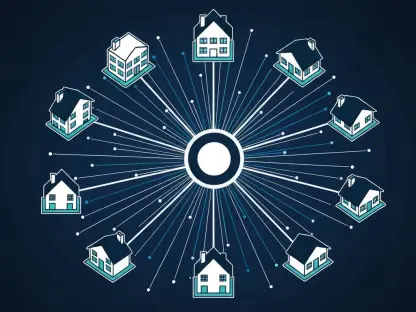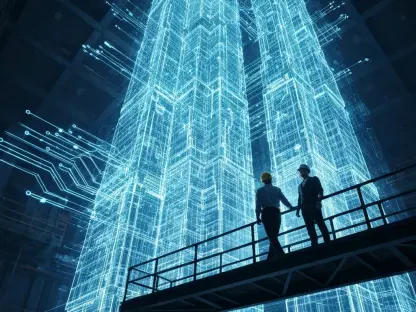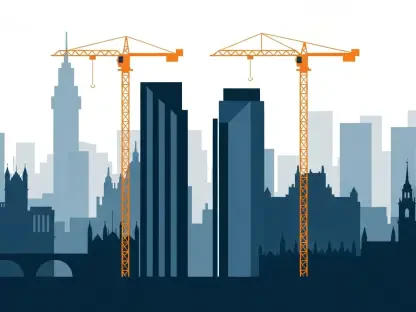In the evolving landscape of urban infrastructure, 2025 marks a significant milestone in the advancement of smart buildings. These structures have integrated seamlessly into cities, driven by artificial intelligence (AI), Internet of Things (IoT), and edge computing to provide a comprehensive, dynamic, and responsive environment. The transformation of smart buildings has evolved them into dynamic ecosystems that enhance productivity, sustainability, and occupant well-being. This progression highlights the importance of predictive maintenance, the role of AI in building design, the growing relevance of sustainability metrics, the optimization of energy use, and the integration of open-source platforms.
Predictive Maintenance and Generative AI
Predictive maintenance has become a cornerstone of smart building functionality, enabling managers to anticipate and address maintenance needs before they escalate, thereby reducing costs and preventing downtime. The ability to foresee equipment failures and other issues before they occur allows building managers to take corrective actions proactively. The predictive capabilities are enhanced by utilizing a range of sensors and IoT devices that monitor the building’s systems in real time, gathering data on performance and wear. This data is then analyzed by advanced algorithms to predict future maintenance requirements, allowing for timely interventions.
The infusion of AI into predictive maintenance has propelled the process into the next generation. Generative AI, in particular, extends predictive maintenance into the design phase of buildings. By leveraging real-time data from IoT devices and edge computing, AI assists in drafting floor plans and updating digital twins. This generative capability ensures that designs are optimized for real-time adjustments and flexibility. AI-driven algorithms can regulate light and temperature settings according to changing conditions, promoting efficient use of resources and reducing the building’s carbon footprint from construction through daily operations. The use of digital twins allows for a virtual representation of the building, enabling simulations and predictive analyses to inform decision-making throughout the building’s lifecycle.
Sustainability Metrics
The increasing need for sustainable building practices is addressed with more quantifiable sustainability metrics. These metrics provide a clearer picture of a building’s environmental impact by measuring carbon usage in daily operations and throughout the building’s lifecycle. This allows building managers and owners to make informed decisions about sustainability initiatives. The precision and value of green certifications like LEED and BREEAM have gained prominence due to these metrics. Certified buildings are in higher demand, commanding higher rents and increasing capital values. This financial incentive encourages greater adoption of sustainable practices.
Additionally, the role of advanced HVAC and filtration systems in promoting occupant health should not be underestimated. These systems are crucial in maintaining a healthy indoor environment by mitigating pollutants and improving air quality. This is particularly important in large buildings where poor air quality can lead to “sick building syndrome,” resulting in higher tenant turnover and associated costs. By investing in these advanced systems, building owners can ensure a healthier environment for occupants, reducing the likelihood of health-related issues and improving tenant retention. This focus on occupant well-being, coupled with the financial benefits of higher rents and increased property values, makes the case for sustainability and health-driven investments very compelling.
Energy Optimization
Smart buildings excel in optimizing energy usage. Platforms such as Brightly’s Energy Manager identify areas of waste, achieving significant reductions in utility bills. The use of AI-driven systems to optimize energy consumption is more efficient than traditional methods. By continuously monitoring and adjusting energy usage patterns, these systems can significantly lower costs. For instance, AI can manage heating, ventilation, and air conditioning (HVAC) systems more effectively, leading to energy savings and improved comfort for occupants.
AI-driven HVAC systems have taken this a step further by incorporating machine learning algorithms that predict and adjust temperature and airflow based on occupancy patterns. This level of precision can lead to even greater energy savings, further reducing costs. Retrofitting existing structures with these advanced systems is critical for achieving long-term energy efficiency. Emerging business models focusing on distributed energy sources are also paving the way for enhanced sustainability. Initiatives such as Paris’ district cooling network aim to reduce CO2 emissions by 50% over a 20-year period, demonstrating the transformative potential of collective efforts.
Open-Source Integration
In the ever-changing realm of urban infrastructure, the year 2025 represents a pivotal moment for the progress of smart buildings. These advanced structures have seamlessly blended into urban areas, powered by artificial intelligence (AI), the Internet of Things (IoT), and edge computing, creating a comprehensive, dynamic, and responsive environment. The evolution of smart buildings has transitioned them into dynamic ecosystems aimed at boosting productivity, sustainability, and the well-being of occupants. This development underscores the significance of predictive maintenance, the impactful role of AI in architectural design, the increasing importance of sustainability metrics, the optimization of energy consumption, and the incorporation of open-source platforms. The result is a new era in urban living where technology not only interconnects facilities but also transforms them into living entities that anticipate needs, improve efficiency, and enhance the overall quality of life. This milestone in 2025 will set the stage for future innovations in smart urban living.
